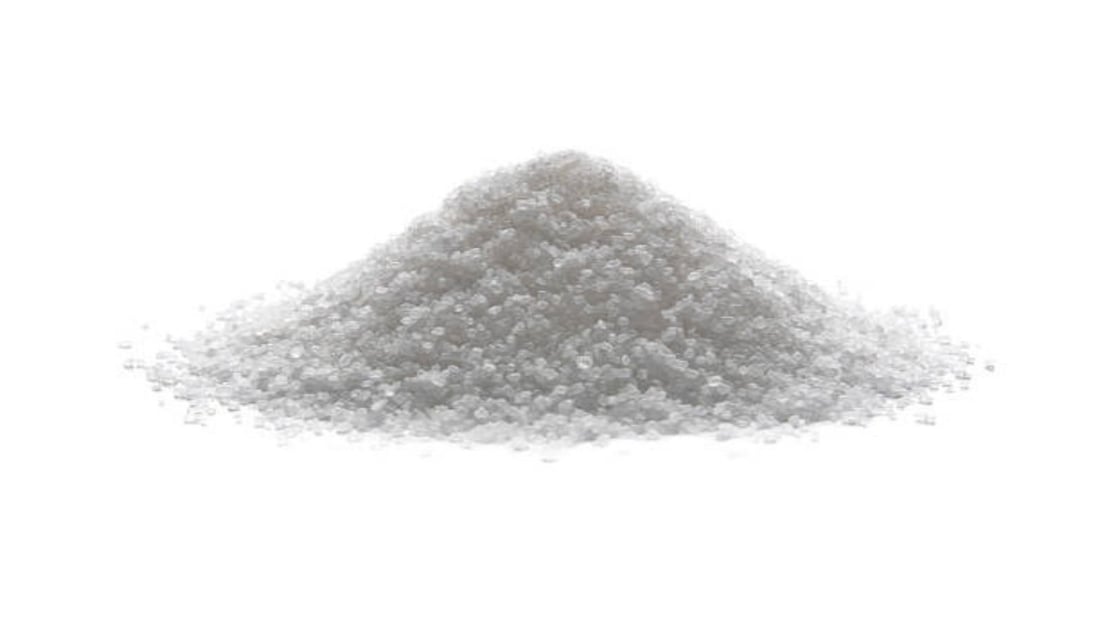The Versatile Applications of Phosphoric Acid LCD Grade
Phosphoric Acid LCD Grade is a vital component used in the manufacturing of liquid crystal displays (LCDs), which have become ubiquitous in our modern world. This article explores the various applications and benefits of Phosphoric Acid LCD Grade, shedding light on its importance in the electronics industry.
What is Phosphoric Acid LCD Grade?
Phosphoric Acid LCD Grade, also known as phosphoric acid monohydrate, is a highly pure form of phosphoric acid specifically designed for LCD production. It is characterized by its high clarity, low impurity content, and strong stability, making it ideal for use in LCD manufacturing processes.
The Role of Phosphoric Acid LCD Grade in LCD Production
Phosphoric Acid LCD Grade plays a critical role in several key stages of LCD production. From etching glass to removing impurities, this specialized grade of phosphoric acid ensures the quality and performance of LCD panels.
Properties of Phosphoric Acid LCD Grade
Understanding the properties of Phosphoric Acid LCD Grade is essential for manufacturers and researchers who work with LCD technology. Let's delve into some of its key characteristics:
High Purity
Phosphoric Acid LCD Grade boasts an exceptionally high level of purity, ensuring minimal impurities that could adversely affect LCD performance. This high purity is crucial for maintaining the clarity and reliability of LCD panels.
Low Water Content
The low water content of Phosphoric Acid LCD Grade is another significant property. Its monohydrate form contains one molecule of water per molecule of phosphoric acid, contributing to the stability and consistency of the LCD manufacturing process.
Strong Acidity
As a strong acid, Phosphoric Acid LCD Grade is highly effective in etching glass substrates, a vital step in LCD production. Its ability to remove impurities and create a clean surface is integral to the quality and performance of LCD panels.
The Benefits of Using Phosphoric Acid LCD Grade
Improved LCD Panel Quality
Phosphoric Acid LCD Grade's high purity and strong acidity result in improved LCD panel quality. The absence of impurities and the ability to etch glass substrates with precision contribute to the production of flawless LCD panels with vibrant colors and excellent image clarity.
Enhanced Display Performance
By ensuring the optimal etching of glass substrates, Phosphoric Acid LCD Grade helps to enhance the overall performance of LCD displays. This includes improved brightness, contrast ratio, and viewing angles, providing users with a superior visual experience.
Consistent Manufacturing Process
The stability and low water content of Phosphoric Acid LCD Grade contribute to a consistent manufacturing process. This consistency is crucial for mass production, ensuring that each LCD panel meets the required specifications, resulting in reduced waste and increased productivity.
Environmental Friendliness
Phosphoric Acid LCD Grade is known for its environmentally friendly properties. Its manufacturing process generates minimal waste, making it a sustainable choice for LCD production. Additionally, its low toxicity ensures the safety of workers involved in the manufacturing process.
Conclusion
Phosphoric Acid LCD Grade is a key ingredient in the production of LCD panels, contributing to their quality, performance, and sustainability. With its high purity, low water content, and strong acidity, this specialized grade of phosphoric acid ensures the production of flawless LCD displays that enhance our visual experiences in a variety of applications.

